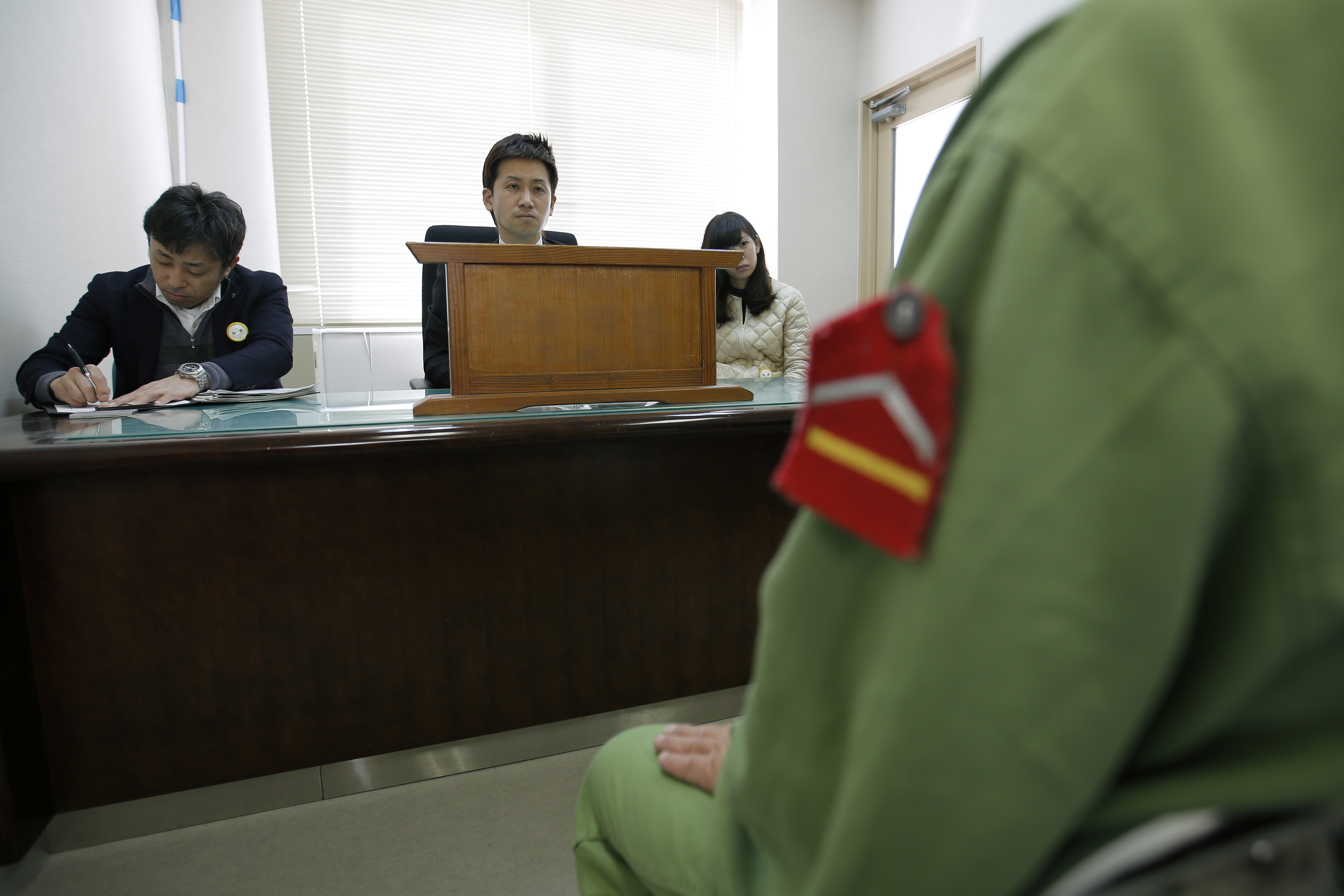When reporting on Japanese trials, Western journalists occasionally describe a defendant as being sentenced to "life in prison." Technically, Japanese law does not have 終身刑 (shūshinkei, literally "punishment until the body is finished"). Instead, there is 無期懲役 (muki chōeki, imprisonment with labor for an undefined term), the second harshest punishment after 死刑 (shikei, the death penalty), also sometimes colloquially referred to as 極刑 (kyokkei, the "ultimate punishment").
Indefinite imprisonment may sound much like a life sentence (or what happens at Gitmo), and officially, it is. Sort of. But there is an important difference: hope. Even murderers sentenced to indefinite terms can aspire to 仮釈放 (kari shakuhō, parole), if they can be repentant model prisoners for two or three decades.
There may be a trend toward 刑の厳罰化 (kei no genbatsuka, harsher punishments), sometimes attributed to more severe sentences being meted out in trials before 裁判員 (saiban'in, lay judge) panels since that system started in 2009. Still, accounts by 刑務所 (keimusho, prison) insiders suggest 矯正施設 (kyōsei shisetsu, correctional facilities) full of criminals without hope would be much harder to manage. America could learn something here.


















With your current subscription plan you can comment on stories. However, before writing your first comment, please create a display name in the Profile section of your subscriber account page.